35 years later (...ugh) and, despite my best intentions, I haven’t substantially improved. I’ve often returned to dip my toe into the genre, figuring that critically acclaimed darlings like
Radiant Silvergun, Ikaruga, or Gradius V would finally give me the motivation to get gud.
I never did, but even though I’m crap at them I maintain an admiration for their purity, the focus they require to master, the complex interlocking systems and, perhaps most of all, for the gaming wizards that can one credit clear these bad boys.
Enter the Ray’z Arcade Chronology, which consists of best-in-class remastering studio M2’s ports of three classic Taito shmups, 1994’sRayForce, 1996’s RayStorm and 1998’s RayCrisis.
None of these initially rang any bells for me, though RayForce was released under the names Galactic Attack and Gunlock in arcades outside Japan and the intro sequence was eerily familiar, so maybe I played it at some point.
At first glance, the Ray series is very generic. You play a solo spaceship laser blasting its way through legions of enemy spaceships in levels set in space and various planetary biomes. The unique gameplay mechanic is a lock-on laser that lets you attack enemies on a lower plane than you’re travelling on, with the idea that you dispatch them from above before they even have a chance to attack.
A lock-on laser isn’t exactly Ikaruga’s dazzling polarity-shifting black/white mechanics and none of the Ray games reinvent the schmup wheel. But, and I can’t emphasise this enough, it’s a good wheel. I had a blast with each of these titles and though it took me an embarrassing amount of lives to reach their endings I can appreciate the care and artistry that’s gone into these and it’s clear to see why Taito contracted M2 to port them to modern hardware.
M2 ports are a byword for quality and, though I can’t directly compare these to the arcade cabinets, all play great on Switch. The sprite-basedRayForce runs like a dream and (as is standard in Switch shmup ports) I appreciate the inclusion of a tate mode that lets you play with the console in portrait mode.
Meanwhile, the polygon-based RayStorm and RayCrisiseachget an “HD” version, which is a buff and polish rather than a complete rebuild. Resolution gets a bump to make those clean spaceship models shine and there are a couple of reworked textures. I did experiment with the originals, but unless you have a fetish for jaggy pixels (no judgments here!) the HD versions are so good it leaves the originals as curios.
I enjoyed all three of these games, though my favourite was the bonkers RayCrisis.
The plot in these games is mercifully minimal (AI has taken over the world! Blast it!), though the final entry sees your ship reimagined as the physical manifestation of a computer virus infiltrating a galactic supercomputer with enemy ships representing an all-powering security firewall. It’s a neat (and extremely 90s) concept, and the drum n’ bass-influenced soundtrack is the cherry on top.
RayCrisis also has a unique progression system. Each playthrough offers different levels, with your ending governed by your “Encroachment” rating, which rises if you fail to dispatch enemies. Reach 100% Encroachment, you’re teleported to the final boss, and the earlier you arrive the worse ending you get. The other two games' replayability factors are tied to simply mastering them, so it’s neat that RayCrisis gives you something else to aim for besides a high score.
It’s a testament to these games that they stand up to modern scrutiny without having to lean on nostalgia: they’re just simply and straightforwardly good. My only gripes are that this is a relatively bare-bones compilation without any art or supplemental extras.
More annoying is that only the physical release contains the “R-Gear” prototype, a cancelled sprite-based sequel to RayForce that was ditched when Taito chose to pursue polygons. I’m a sucker for stuff scooped off the gaming cutting room floor, though the digital version doesn’t have it. Boo.
Other than that it’s all gravy. The Ray series didn’t change the course of gaming history and won’t ever trouble any greatest games of all times lists.
SUMMARY
All that said, after spending a decent amount of time with them I’m glad they’ve been preserved for the future. Three great games, three great ports, a fine little collection.
PURCHASE LINK
https://www.strictlylimitedgames.com/en-gb/collections/ray-z-arcade-chronology


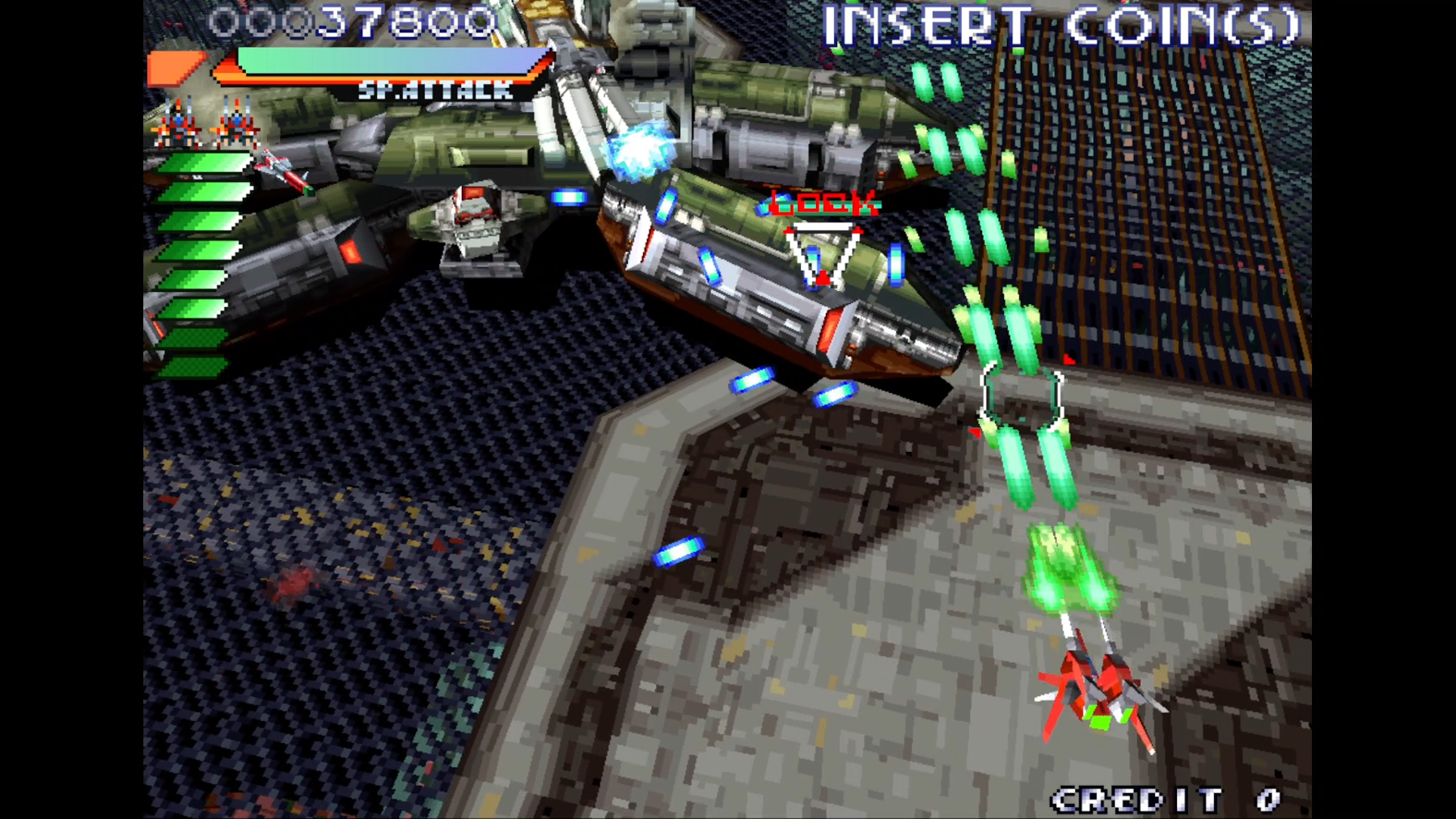
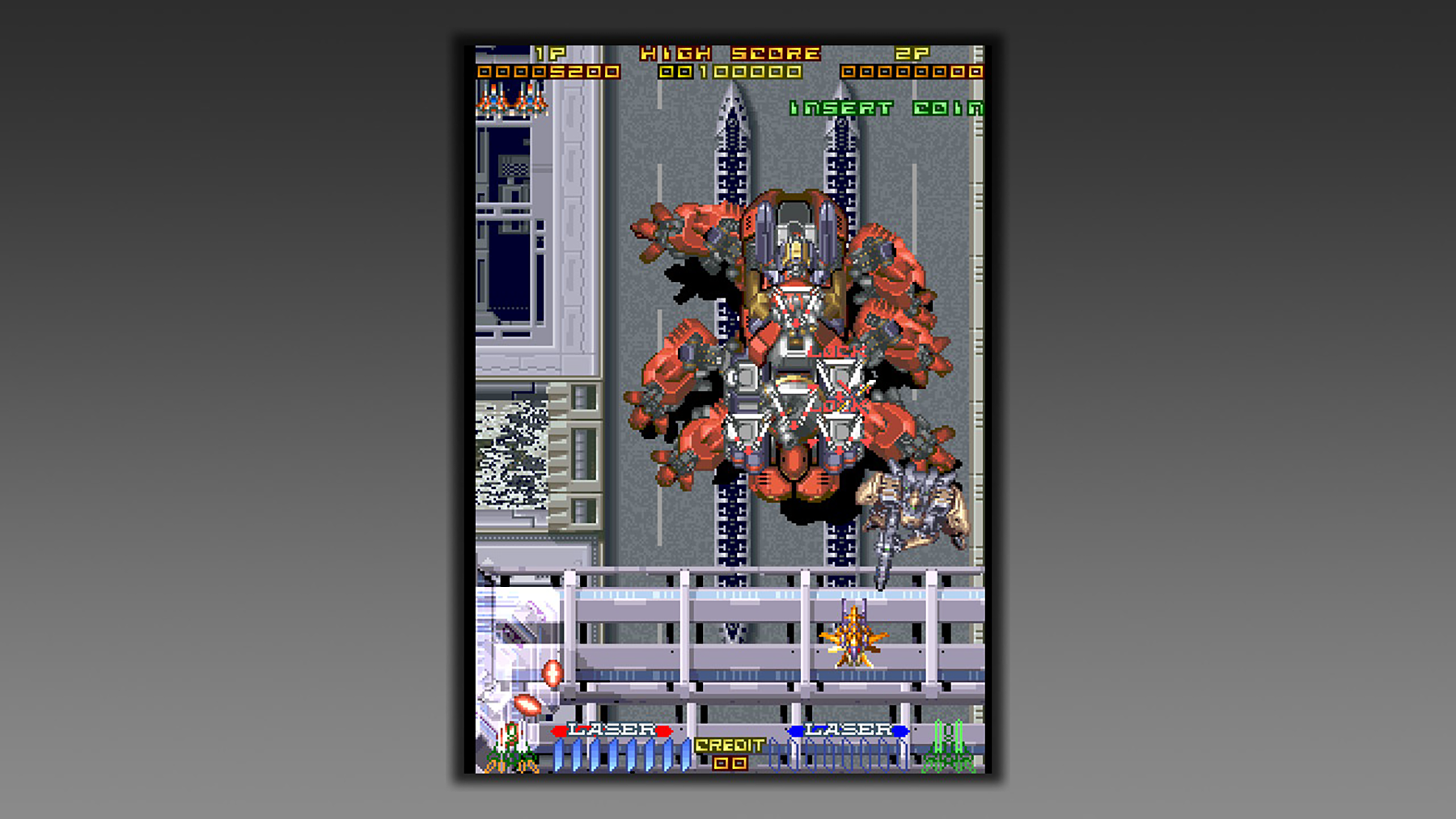
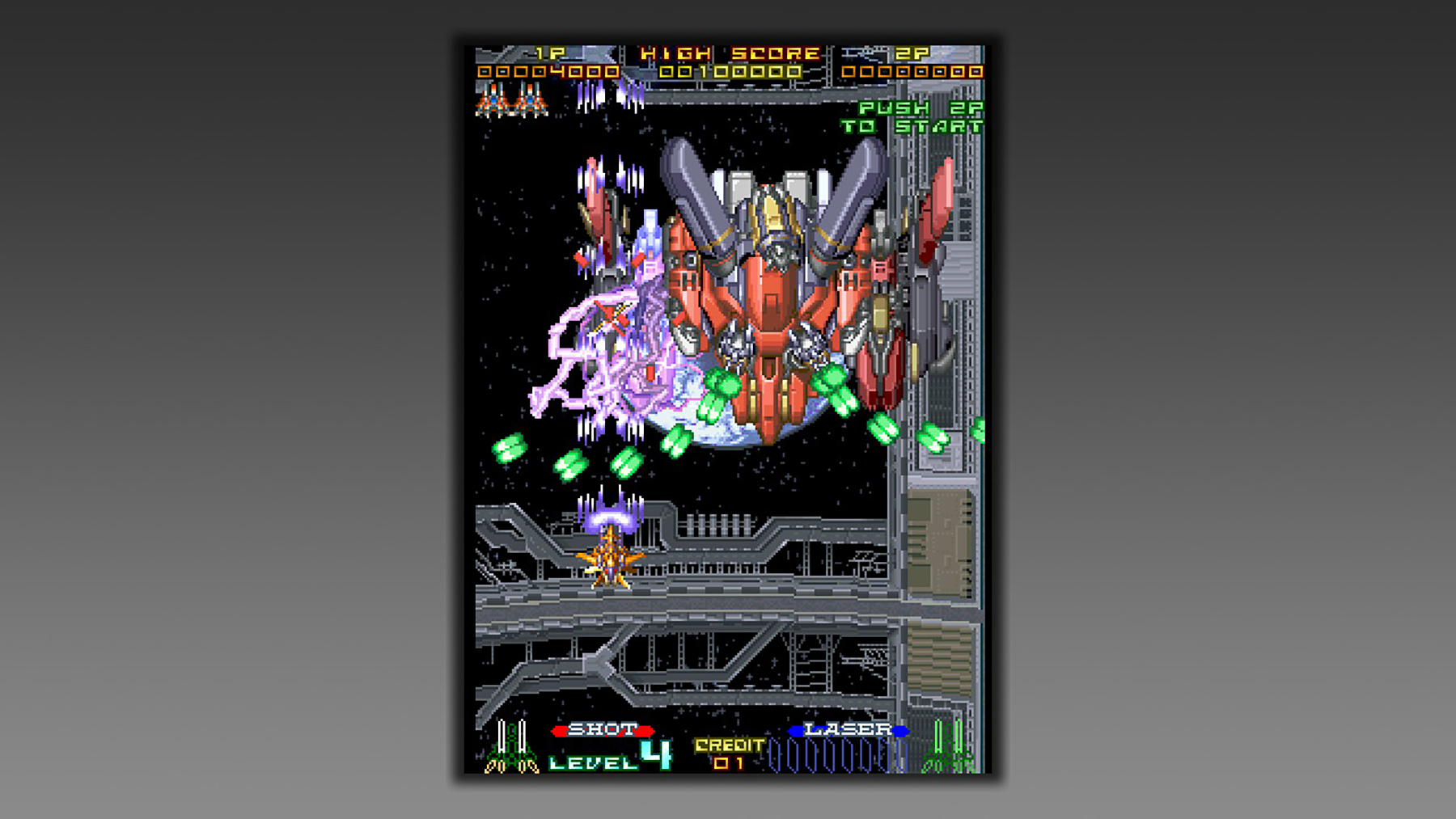
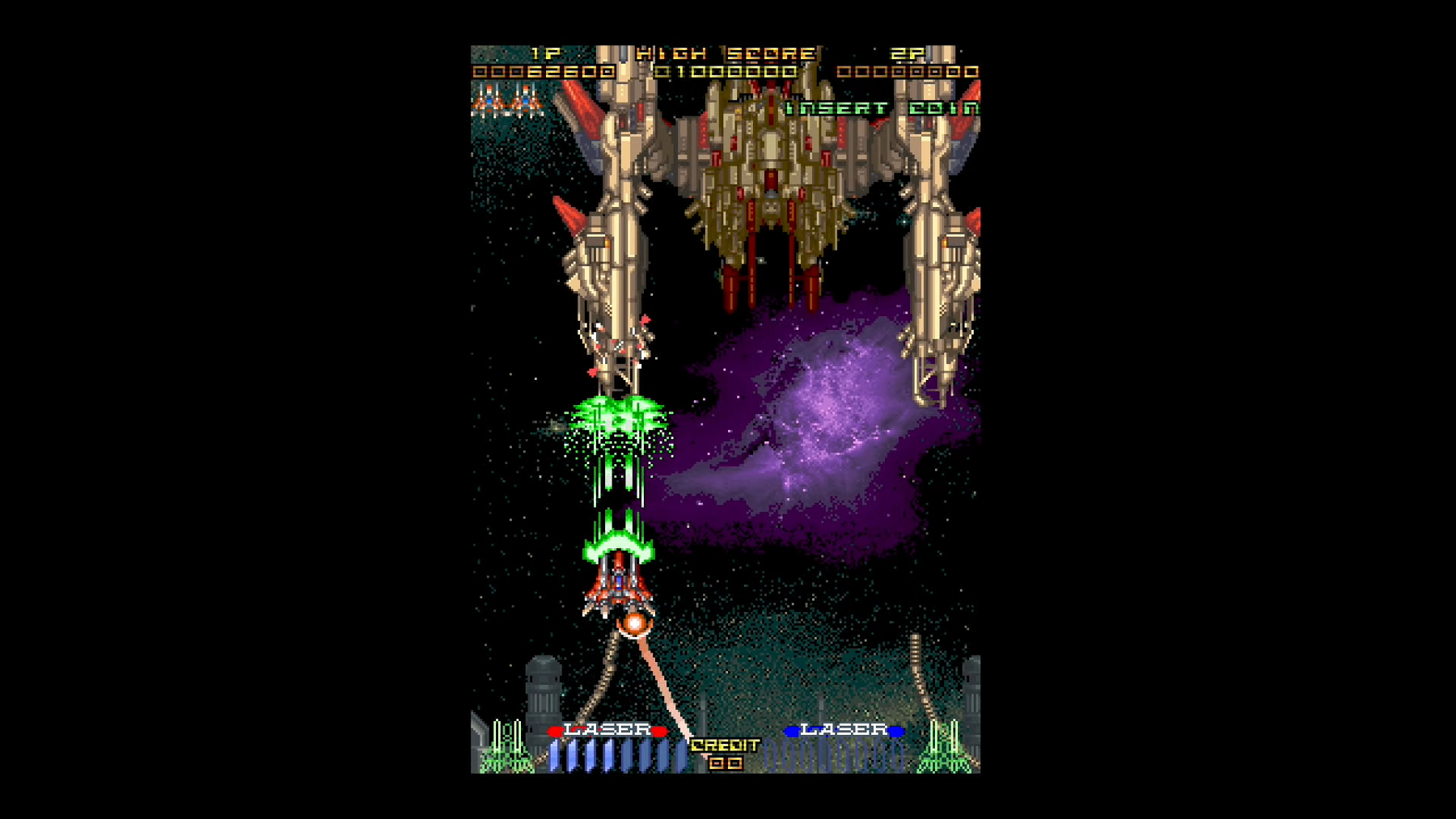
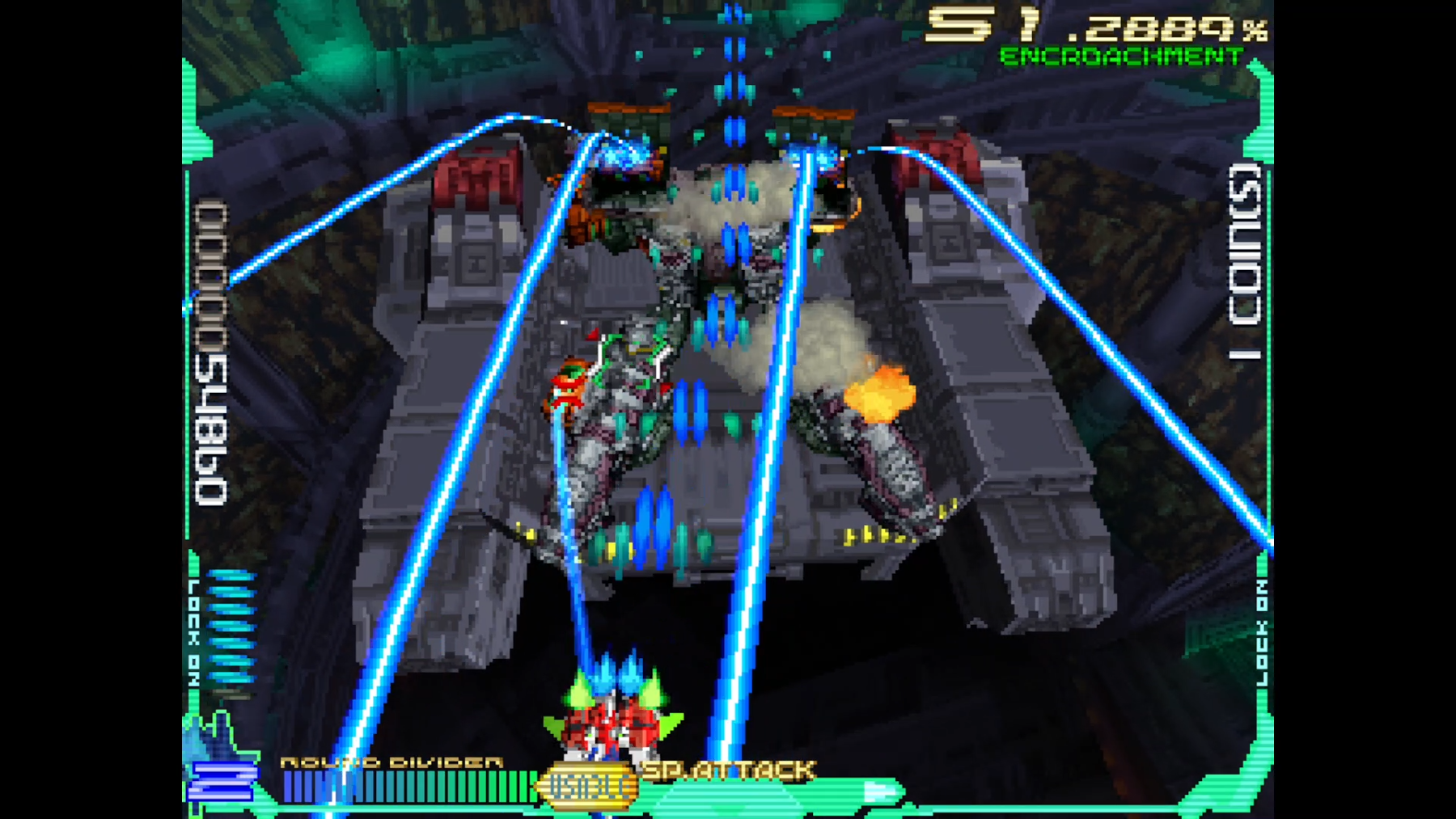

No comments:
Post a Comment
Like what you see in the Games Freezer?
Why not tell us what you think with a few well-chosen comments? :)
Note: only a member of this blog may post a comment.